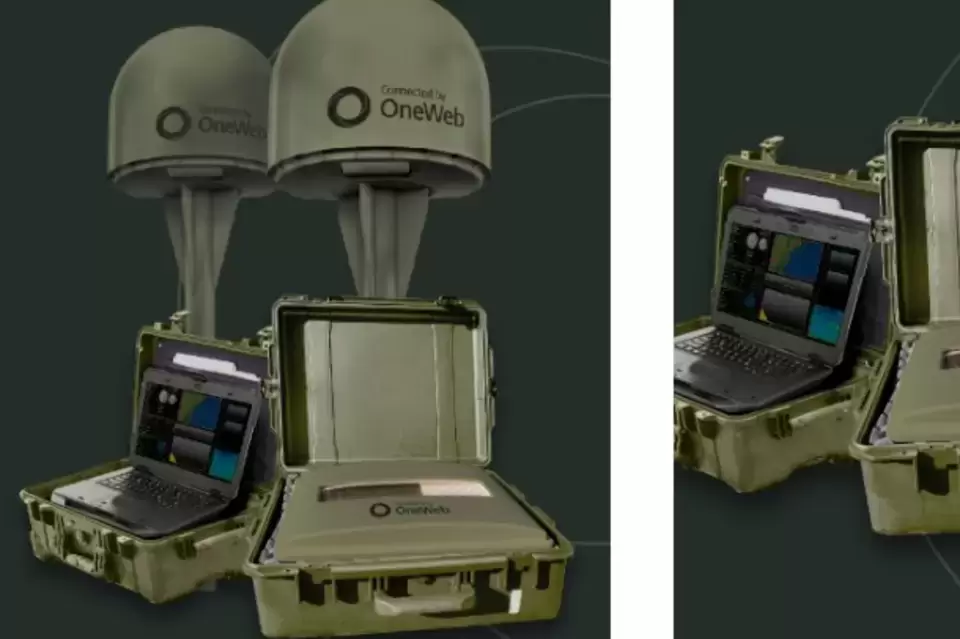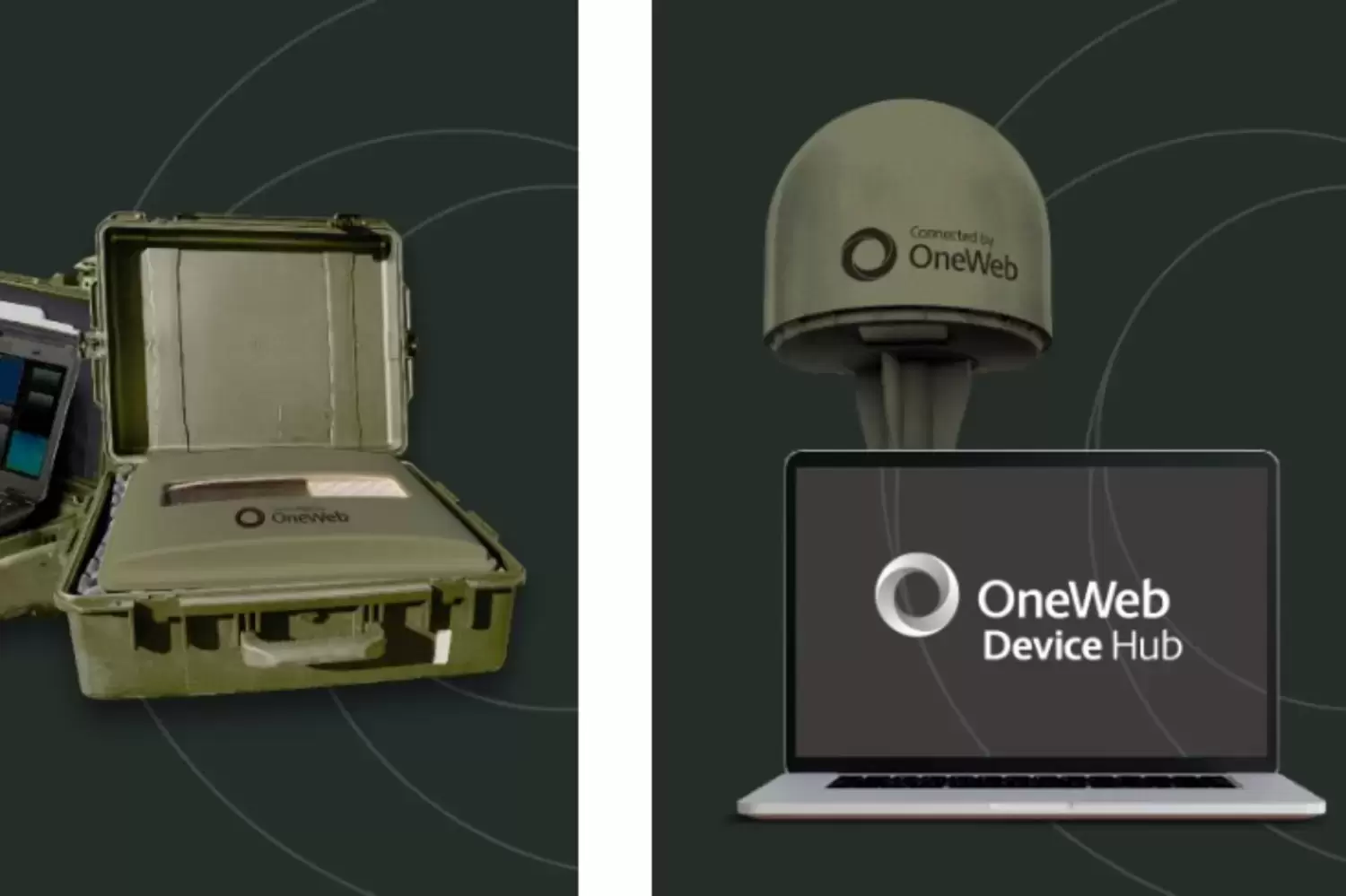
OneWeb vs. Starlink: the race for global satellite internet supremacy heats up
Keypoints:
- OneWeb has successfully launched the 100th satellite into space, a major milestone in its mission to provide global satellite internet coverage.
- OneWeb's low Earth orbit satellites will offer high-speed, low-latency internet services to remote and rural areas around the world, connecting the unconnected.
- The company has secured funding from a range of investors, including SoftBank, Bharti Global, and the UK government.
O neWeb has taken a major step forward in its mission to provide global satellite internet coverage after successfully launching its 100th low Earth orbit satellite into space.
OneWeb, a London-based satellite internet provider, has reached a significant milestone in its mission to provide global satellite internet coverage. The company recently launched its 2,000th satellite, marking a major step forward in its efforts to provide affordable, high-speed internet access to users around the world.

The Challenges of Building a Global Satellite Internet Network
OneWeb's ambitious goal is to create a global constellation of satellites that will provide high-speed, low-latency internet access to users anywhere on the planet. The company's satellites are designed to operate in low Earth orbit, which allows for faster and more reliable internet connections than traditional geostationary satellites.
The company's latest launch brings it closer to achieving that goal, with 2,000 satellites now in orbit. OneWeb plans to launch a total of 6,000 satellites over the next several years to achieve global coverage. The company has already secured funding for the first 2,000 satellites, and is in the process of raising additional funds for the remaining satellites.
OneWeb's satellite internet service is aimed at providing internet access to underserved and remote areas, as well as providing an alternative to traditional internet service providers. The company's service is expected to be particularly useful in areas where traditional internet infrastructure is difficult or expensive to build, such as rural areas, islands, and developing countries.
In addition to providing internet access, OneWeb's satellite network will also have a number of other applications. For example, the network can be used for disaster response and recovery efforts, as well as for remote sensing and other scientific applications.

The Key Milestone Achieved by OneWeb
Despite OneWeb's progress, the company still faces a number of challenges in its quest to achieve global satellite internet coverage. One of the biggest challenges is regulatory approval, as many countries have strict rules and regulations regarding satellite communications. OneWeb is working closely with governments around the world to secure the necessary approvals and licenses.
Another challenge for OneWeb is competition from other satellite internet providers, such as SpaceX's Starlink and Amazon's Kuiper. Both companies have launched their own satellite constellations and are also aiming to provide global satellite internet coverage.
OneWeb remains confident in its ability to achieve its goal of global satellite internet coverage. The company's CEO, Neil Masterson, recently stated that the launch of the 2,000th satellite is a "major milestone" for the company, and that OneWeb is "well on track" to achieve its goal.
OneWeb's progress is also being closely watched by investors, who see the company as a potentially lucrative opportunity. The company has already raised billions of dollars in funding from investors such as SoftBank and the UK government, and is in the process of raising additional funds to finance its expansion.
In the race to bring high-speed internet to every corner of the world, Elon Musk's SpaceX company has emerged as a major player, the company's Starlink is still in the early stages of deployment. It has already attracted the attention of potential competitors. Amazon's Project Kuiper, OneWeb, and Telesat are all working on their own satellite internet projects, each with their own unique approaches and advantages.
As more companies enter the race to bring internet connectivity to underserved areas of the world, it's clear that satellite internet will play an increasingly important role in the global telecommunications landscape.
As OneWeb continues to make progress towards achieving global satellite internet coverage, it is clear that the company is poised to disrupt the traditional internet service provider industry. With its innovative technology and ambitious vision, OneWeb has the potential to bring affordable, high-speed internet access to users around the world, and to bridge the digital divide between developed and developing countries.
Share Share Share
(0) Comments
More from @rodrigo for #TickerTracker
View MoreDiscover the Billion-Dollar Secrets: Inside David Rolfe's Q1 2023 Portfolio
over 2 years ago
5 views
